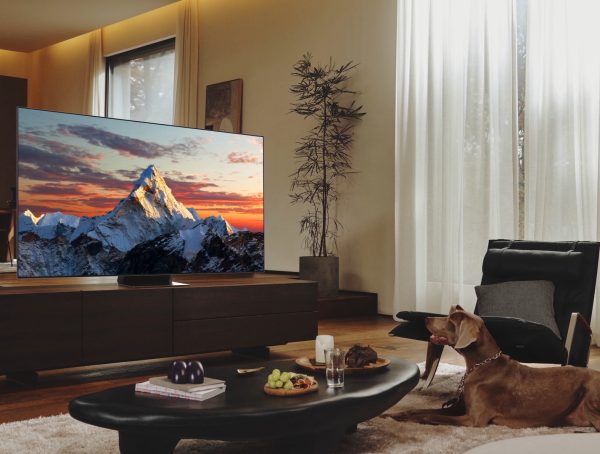In a recent update on his Sina Weibo account, Richard Yu, CEO of Huawei Consumer BG, has expressed his hopes of pushing the Chinese smartphone maker into the top position in the list of the biggest smartphone manufacturers in the world. This comes a decade after Huawei released its first smartphone, the U8220, at the 2009 edition of the Mobile World Congress in Barcelona. The goals of the company, as well as its accomplishments, were detailed further in an update posted on the company’s website, along with the plans of pushing Huawei and Honor, the company’s two smartphone brands, further into the mainstream all over the world.
Huawei has repeatedly expressed its hopes of becoming the biggest smartphone maker on a global scale, even when it ran into rezistance in some markets, especially the USA. But does it really have a chance to do so?
Increasing sales
Millions of smartphone users across the world read the news, update social networks, bet at betway.co.za, and snap pictures using their Huawei and Honor phones. The two brands have seen a constant growth in the last few years – the growth of Honor, Huawei’s sub-brand, was especially spectacular, showing a 170% year-on-year sales growth internationally in 2018. Huawei has successfully advanced from a mid-range phone maker to a high-profile brand, providing everything from affordable handsets to high-end flagship phones to the world.
According to a year-end report published by IDC, Huawei has shipped 206 million smartphones in 2018, enough for a 14.7% market share – only 0.2% behind Apple for the entire year. The Chinese telecom giant has overtaken Apple in the third quarter of last year by sales volume, becoming the second biggest smartphone maker in the world. Samsung, the current leader, has a 20.8% market share – but its sales have been decreasing for a couple of years now. So, it seems, Huawei truly has a chance to significantly increase its sales around the world in 2019.

Friendlier prices
Although each major smartphone maker (except maybe for Apple) has a full range of handsets, it’s their flagships that everybody wants to own. And this is where Huawei has a major advantage. While Apple and Samsung routinely put a massive price tag on their phones – the Samsung Galaxy S10+ 128GB costs around R21,000 and the iPhone XS Max costs over R30,000, – Huawei keeps its prices in the more budget-friendly area (the Huawei P30 Pro, with features matching, sometimes even exceeding those of the Galaxy S10+, costs around R16,000). This lower price is decisive for many around the world, contributing to the loss of market share by the two big ones – and the wins registered by Huawei.
If it manages to continue to grow at its current rate, Huawei does have a chance to become the biggest smartphone manufacturer – maybe not this year but in the next couple of years.
You might also like
More from Featured
Samsung Pushes Creative Angle for QLED TV Range
Samsung's latest marketing push for its QLED TV lineup focuses heavily on creativity and artistic expression, positioning the displays as …
2025 Volvo C40 Recharge Review
Coming in at R1,324,000, the Volvo C40 Recharge sits firmly in premium electric territory, promising Scandinavian sophistication wrapped in …
2025 Ford Tourneo Review
Loading up the Ford Tourneo for our family road trip from Johannesburg to eMdloti, I couldn't shake the feeling that …








